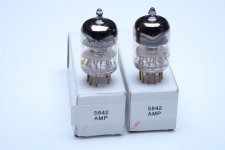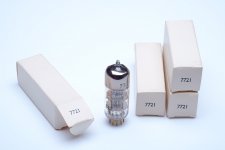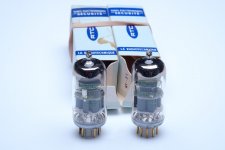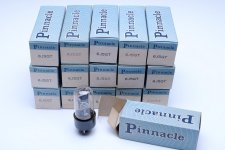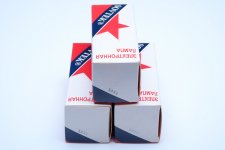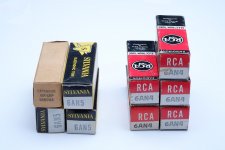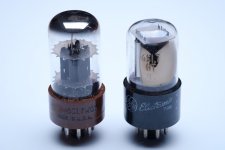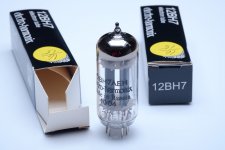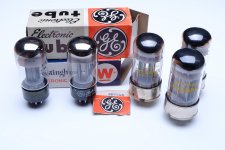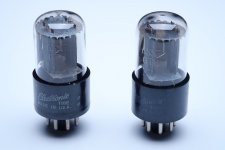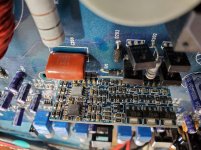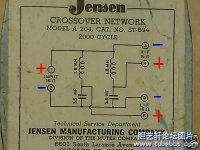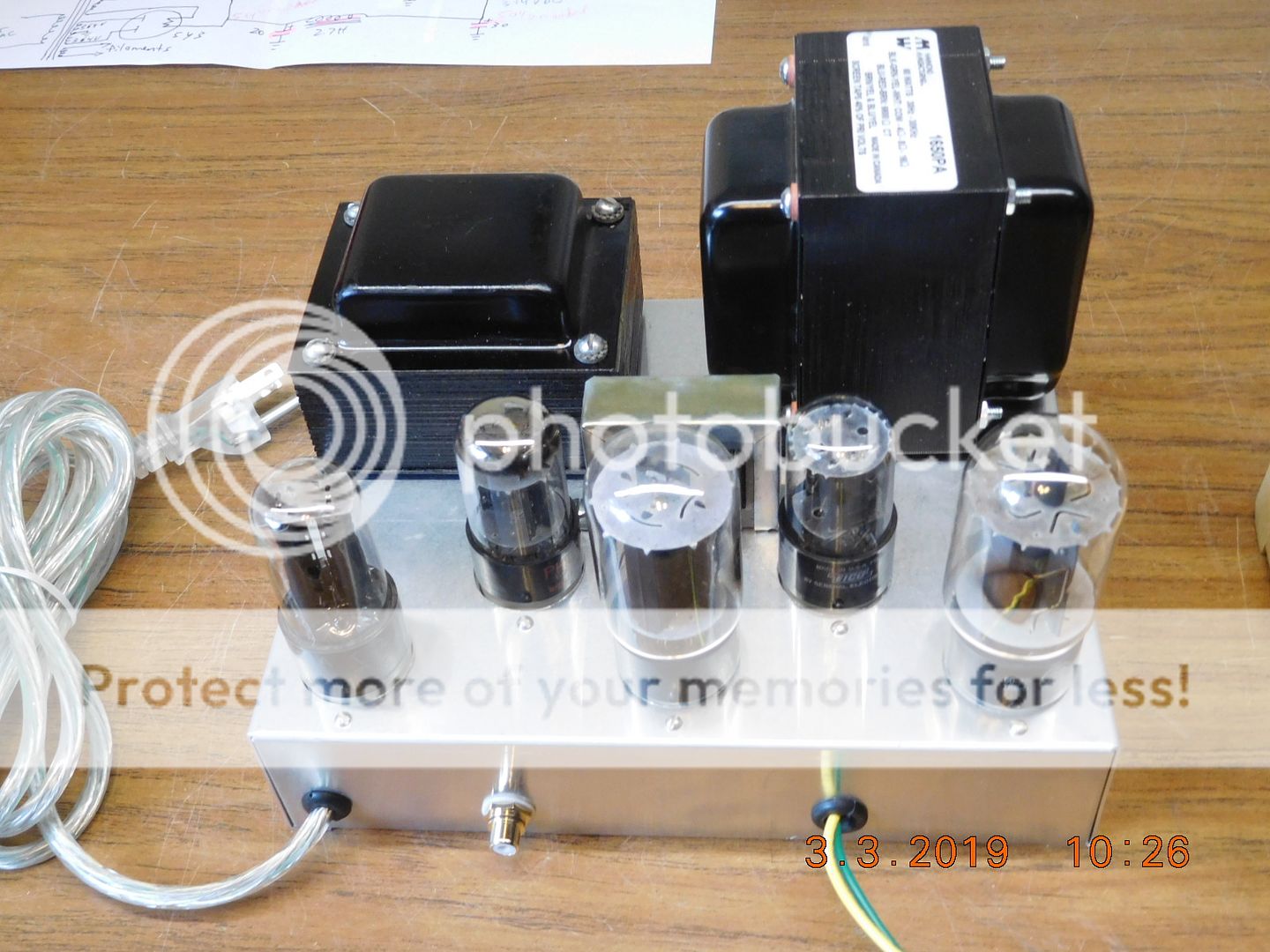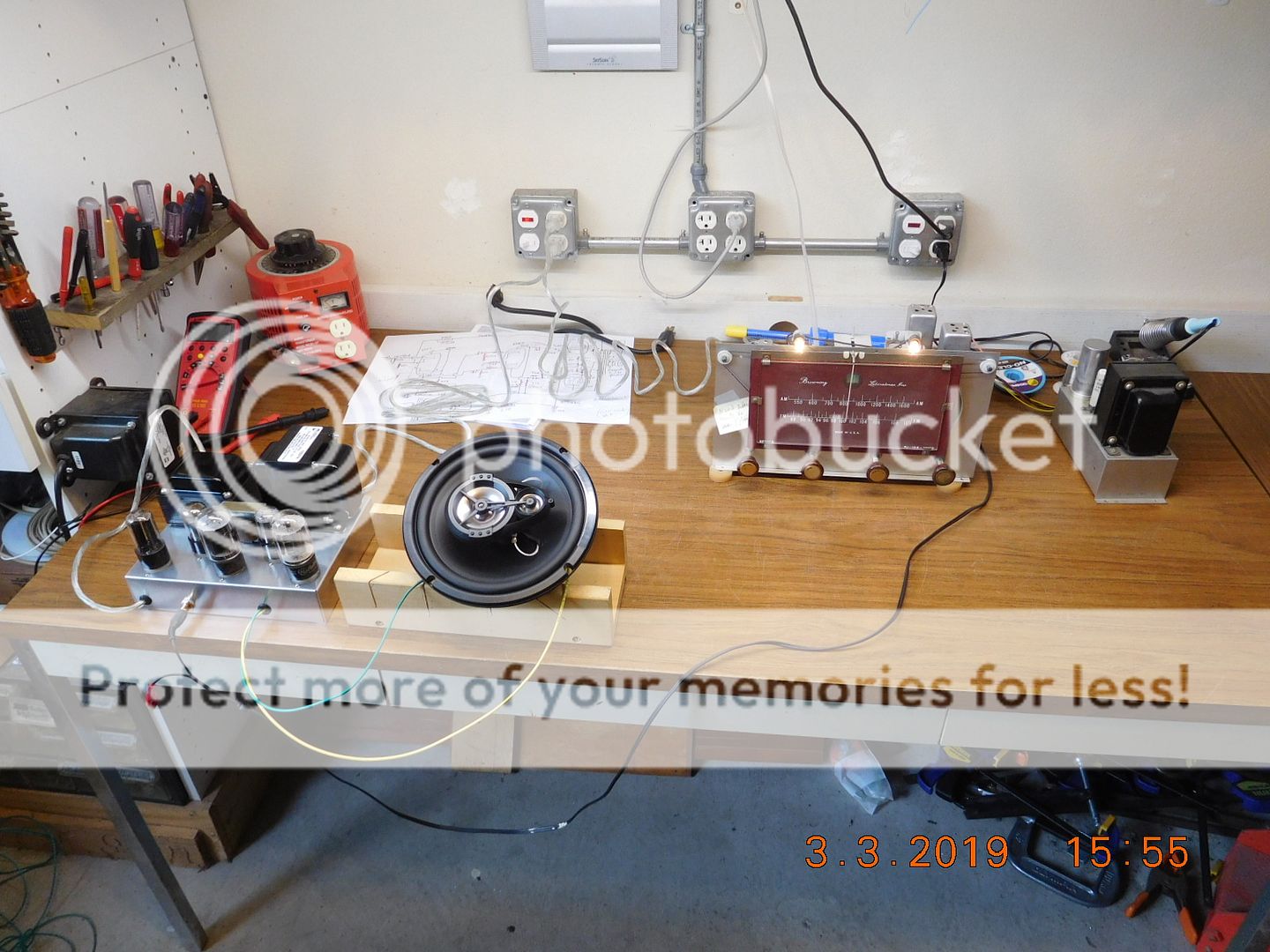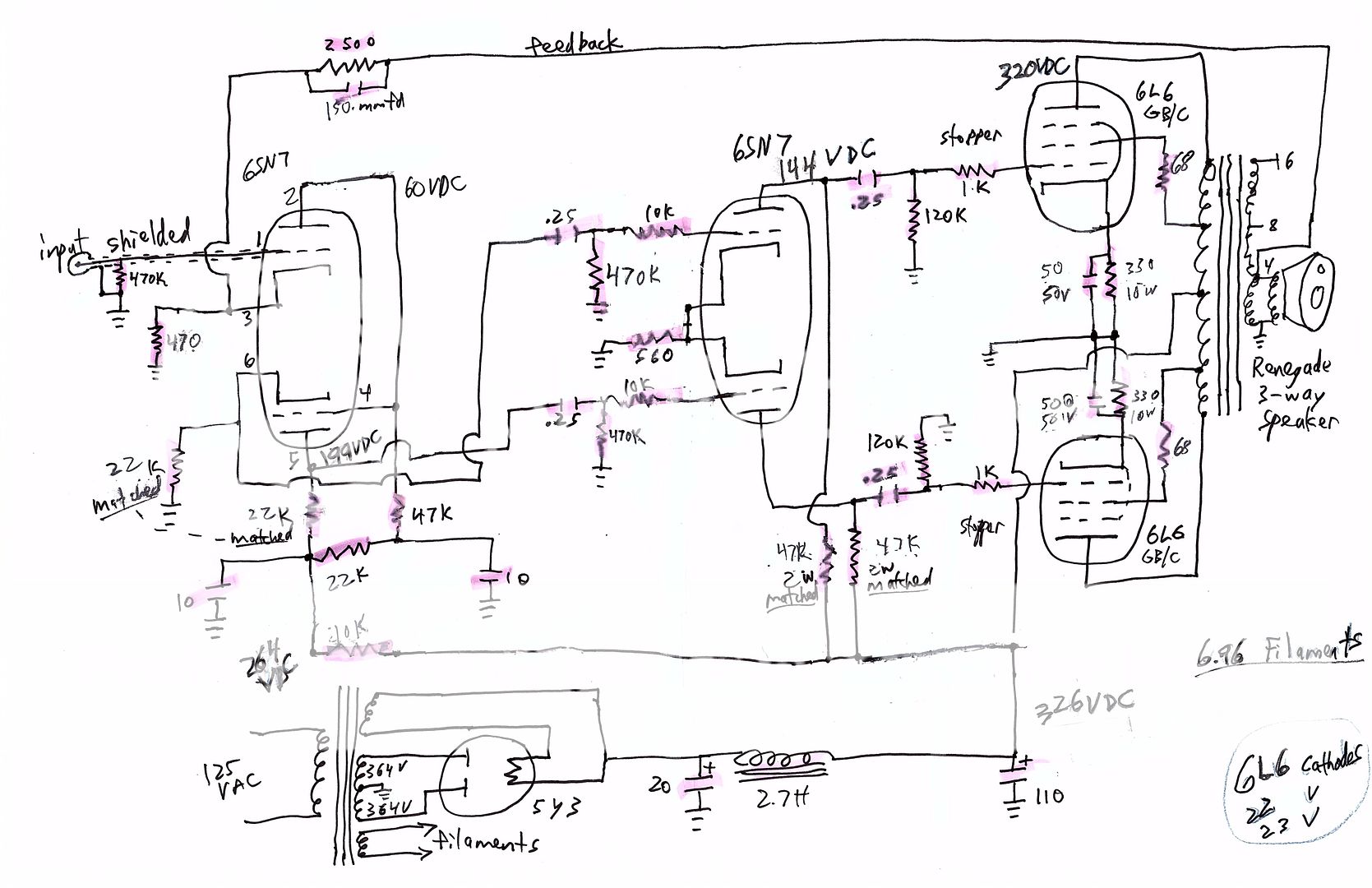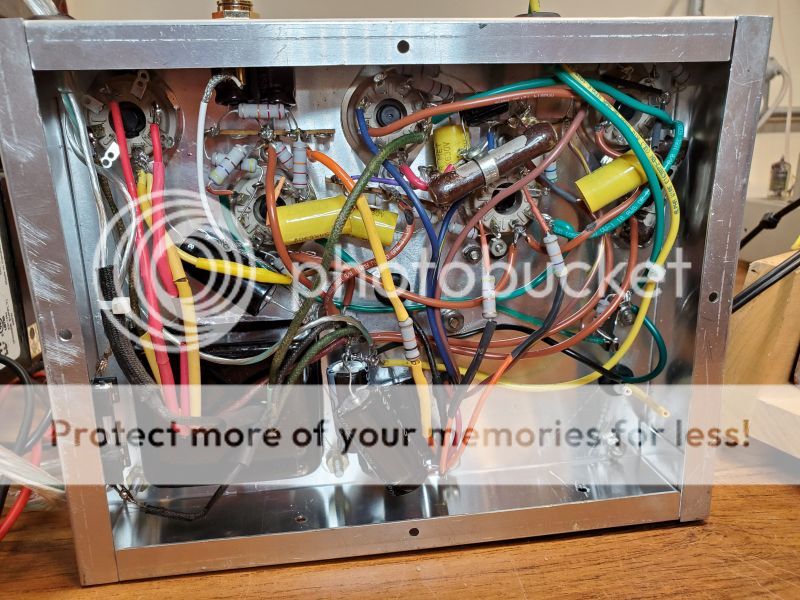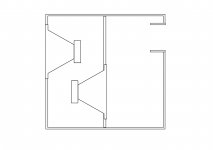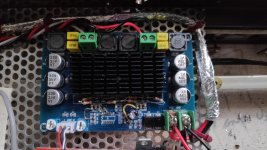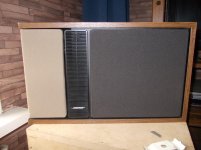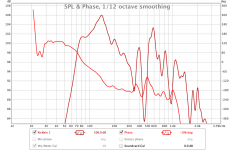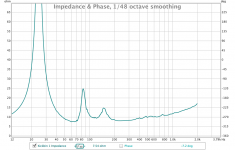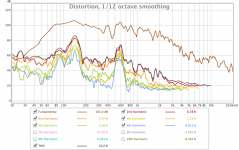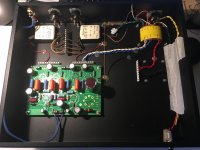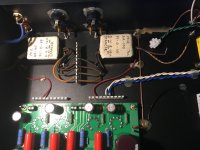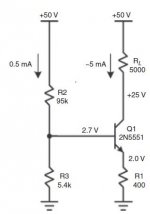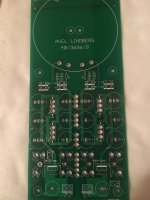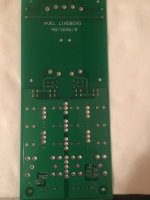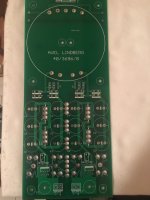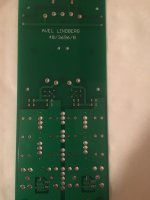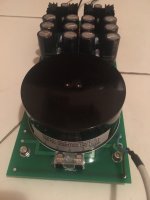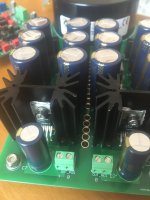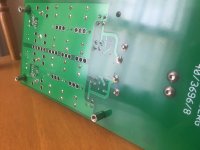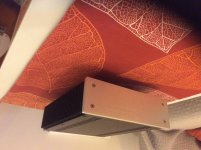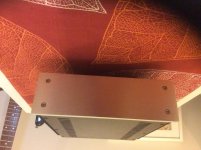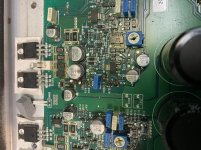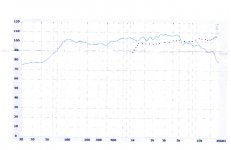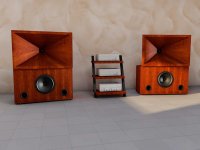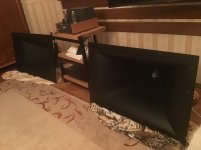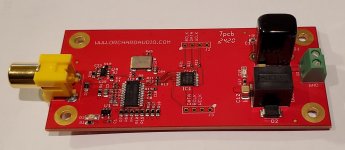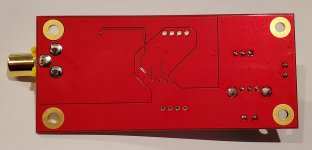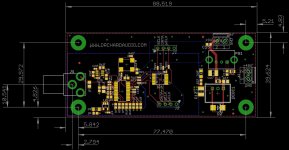Anybody had luck building a decent music rendering system out of the Raspberry Pi plus a Wolfson / CirrusLogic Audio Card? My efforts have been a disappointing FAIL.
I'm trying to build a simple media rendering device out of a Raspberry Pi. I know, I know, it may not be the most HiFi solution to the rendering problem, but for this application I'd be content if I could get something up and running that works like a Squeezebox and has passable audio quality for non-critical applications.
The inherent audio system of the RPi (analog output) is well known to be just awful. My experiments were in line with everyone else's in that regard -- the result was lots of cracks, skips and pops. It was a total failure.
Things looked encouraging when Newark Electronics / Element14 in the USA started to co-market the CirrusLogic (formerly Wolfson) Audio Card. I'm in the US, and having a local distributor like Newark / Element14 seemed like it would solve some of the accessibility problems involved in ordering parts from the UK.
The CirrusLogic (Wolfson) card seemed like a decent option, but so far all of my efforts have resulted in failure. I'm wondering if anyone else has gotten the combination to work, and if so, how they've done it.
My first effort was to buy a new Raspberry Pi 2 (quadcore) device and a copy of the latest CirrusLogic Audio Card from Newark/Element14.
When I bought the CirrusLogic card, Element14 was marketing it as being compatible with the RPi 2, but they stopped advertising it as being RPi-2 compatible when it became evident that it was only pin-compatible as a plug-on card, and was not software compatible.
The problem, as discussed on the Element14 site, is that CirrusLogic still hasn't done their job of writing the ARM-7 compatible drivers for the quadcore RPi-2. At this point in time, the software support for the hardware on RPi-2 remains vaporware, which has resulted in quite a few disgruntled customers.
Community: Cirrus Logic Audio Card | element14
My second effort was to fall back to installing the CirrusLogic Audio Card on a Raspberry Pi B+.
Since the audio card wouldn't work with the ARM-7 quadcore RPi-2, I decided to use the ARM-6 RPi B+ as a fall-back option. Element14 is still advertising these products as being compatible. Unfortunately, my efforts to get the card up and running on the single-core RPi B+ haven't fared much better:
With the B+ I've found it impossible to build the kernel drivers, largely due to the fact that the manufacturer's wiki article is poorly written and contains enough errors to force the effort to result in a FAIL.
Has anybody had luck in getting the Wolfson or the CirrusLogic Audio Cards to work as a rendering device on the Raspberry Pi? I'm having a bear of a time getting the hardware/software to work, and I'd really like to know if anyone has been successful in doing it.
If you have been successful, please let me know whether you've been happy with the quality of the audio output and the usefulness of the device as a music renderer. I'm hoping to find out if it's possible to succeed in the task that I'm trying to accomplish, whether the functionality and sound quality are worth the additional time and effort that's going to be required to get it to work, or if I should just fall back and punt.
TIA.
